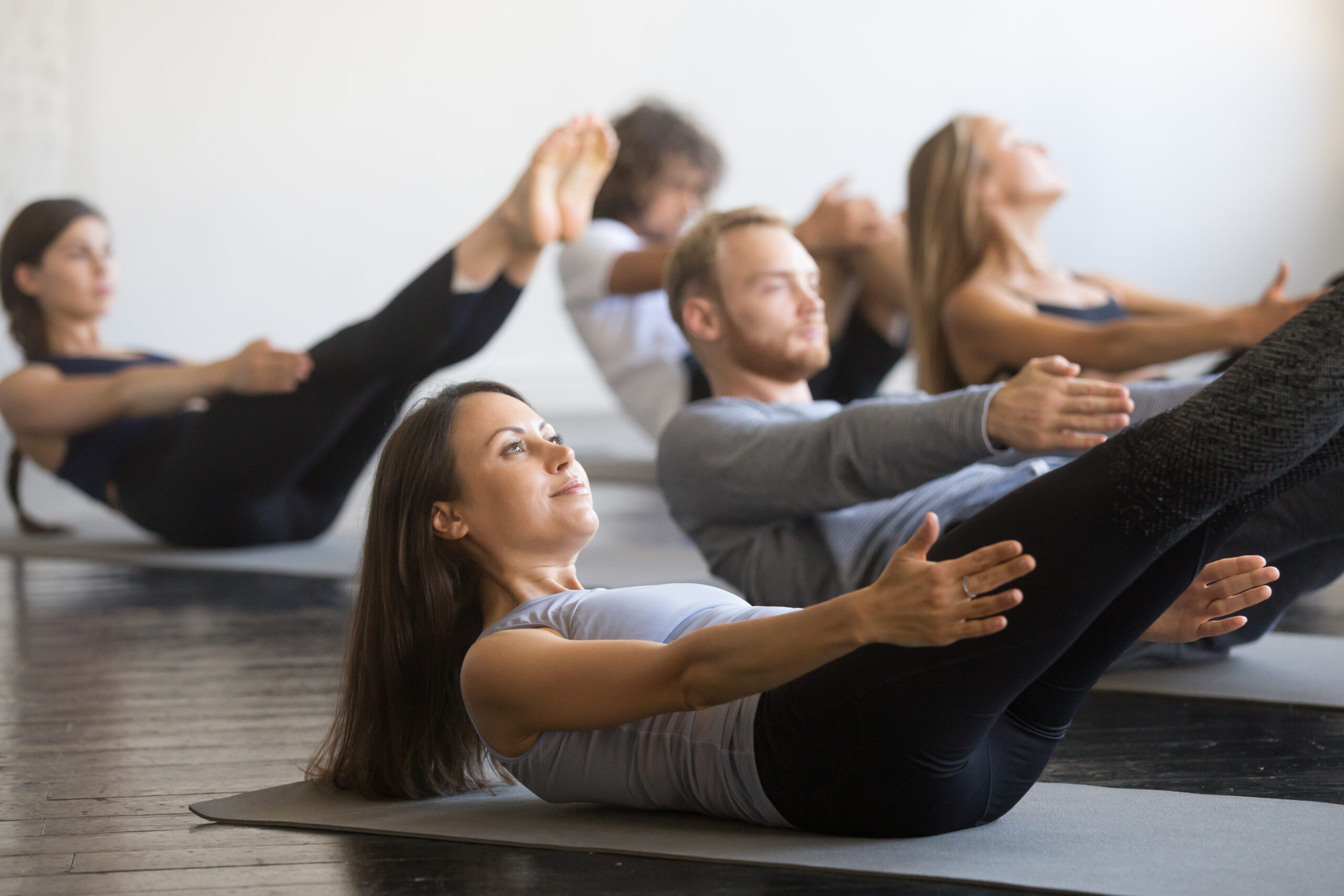Pilates, a form of exercise developed by Joseph Pilates in the early 20th century, has gained immense popularity in recent years due to its numerous benefits for physical and mental well-being. Unlike traditional workouts that focus solely on building muscle or burning calories, Pilates offers a holistic approach that targets both the body and the mind. By combining controlled movements, breathing techniques, and mental focus, Pilates helps individuals achieve a balanced and healthy lifestyle.
Why Pilates: Strengthening, Flexibility, and Posture Improvement
One of the primary benefits of Pilates is its ability to strengthen the body. The exercises in Pilates target the deep core muscles, including the abdominals, back, and pelvic floor. By engaging these muscles, individuals can develop a strong and stable core, which is essential for maintaining proper posture and preventing injuries. In fact, a study published in the Journal of Orthopaedic & Sports Physical Therapy found that Pilates significantly improved core strength and stability in individuals with chronic low back pain.
In addition to strengthening, Pilates also focuses on improving flexibility. The controlled movements and stretches in Pilates help to lengthen and elongate the muscles, increasing overall flexibility and range of motion. This is particularly beneficial for individuals who spend long hours sitting or have sedentary lifestyles, as it helps to counteract the negative effects of prolonged sitting on the body. A study published in the Journal of Bodywork and Movement Therapies found that participants who practiced Pilates for 12 weeks experienced significant improvements in hamstring flexibility compared to a control group.
Furthermore, Pilates is renowned for its ability to improve posture. Many individuals suffer from poor posture due to factors such as sedentary lifestyles, desk jobs, or muscle imbalances. Pilates exercises target the muscles responsible for maintaining proper alignment, such as the deep core muscles and the muscles of the back and shoulders. By strengthening these muscles and promoting proper alignment, Pilates helps individuals achieve better posture and reduce the risk of developing musculoskeletal issues.
Different Types of Pilates

1. Mat Pilates
Mat Pilates is the most accessible form since it requires little more than a mat, relying on your body weight for resistance. Classes often focus on a series of floor exercises that engage the core, improve flexibility, and enhance overall stability. Mat Pilates can be done anywhere and is a great starting point for beginners.

2. Reformer Pilates
Reformer Pilates takes things up a notch with the use of a machine called the reformer, which adds resistance through springs, ropes, and a sliding carriage. This type of Pilates offers more variety in movement and allows for more precise control of muscle engagement. It’s excellent for building strength, elongating muscles, and increasing flexibility.
The popular class “Solidcore” is loosely based on reformer Pilates. If you want to read my overview of Solid Core, check it out:
3. Sculpt Pilates
Sculpt Pilates incorporates elements of strength training with traditional Pilates. Hand weights, resistance bands, or small equipment like Pilates rings are often used to add intensity and target specific muscle groups. It’s perfect for those looking to tone and sculpt their bodies while maintaining Pilates’ focus on core control and alignment.
There are boutique studios that offer sculpt-based Pilates, as well as gyms. Particularly, Equinox offers Pilates Rise, which I have written about in a companion post.

4. Clinical or Therapeutic Pilates
This form of Pilates is often used in a rehabilitation setting to aid recovery from injury or address specific musculoskeletal issues. Under the guidance of a trained professional, exercises are tailored to improve movement patterns, alleviate pain, and restore function.
5. Pilates Barre
Pilates Barre combines the principles of Pilates with ballet-inspired moves. You’ll find small, precise movements that target the core, glutes, and legs, often performed at a ballet barre. It’s a high-energy class with a focus on strength, flexibility, and balance
Pure Barre, which is one of my favorite workouts, offers a class called "Reform" which incorporates Pilates-based movements and equipment including balls and bands.
Adapting the Practice to Different Fitness Levels and Health Conditions
One of the great advantages of Pilates is its versatility and adaptability. Whether you are a beginner or an advanced athlete, Pilates can be tailored to suit your fitness level and goals. The exercises can be modified to increase or decrease intensity, making it accessible to individuals of all fitness levels. This adaptability also extends to individuals with health conditions or injuries. Pilates can be used as a rehabilitation tool, helping individuals recover from injuries or manage chronic conditions.
If you are too shy to try a class to begin with, or you just want a low-risk way to find out if you like it, try my Pilates playlist:






